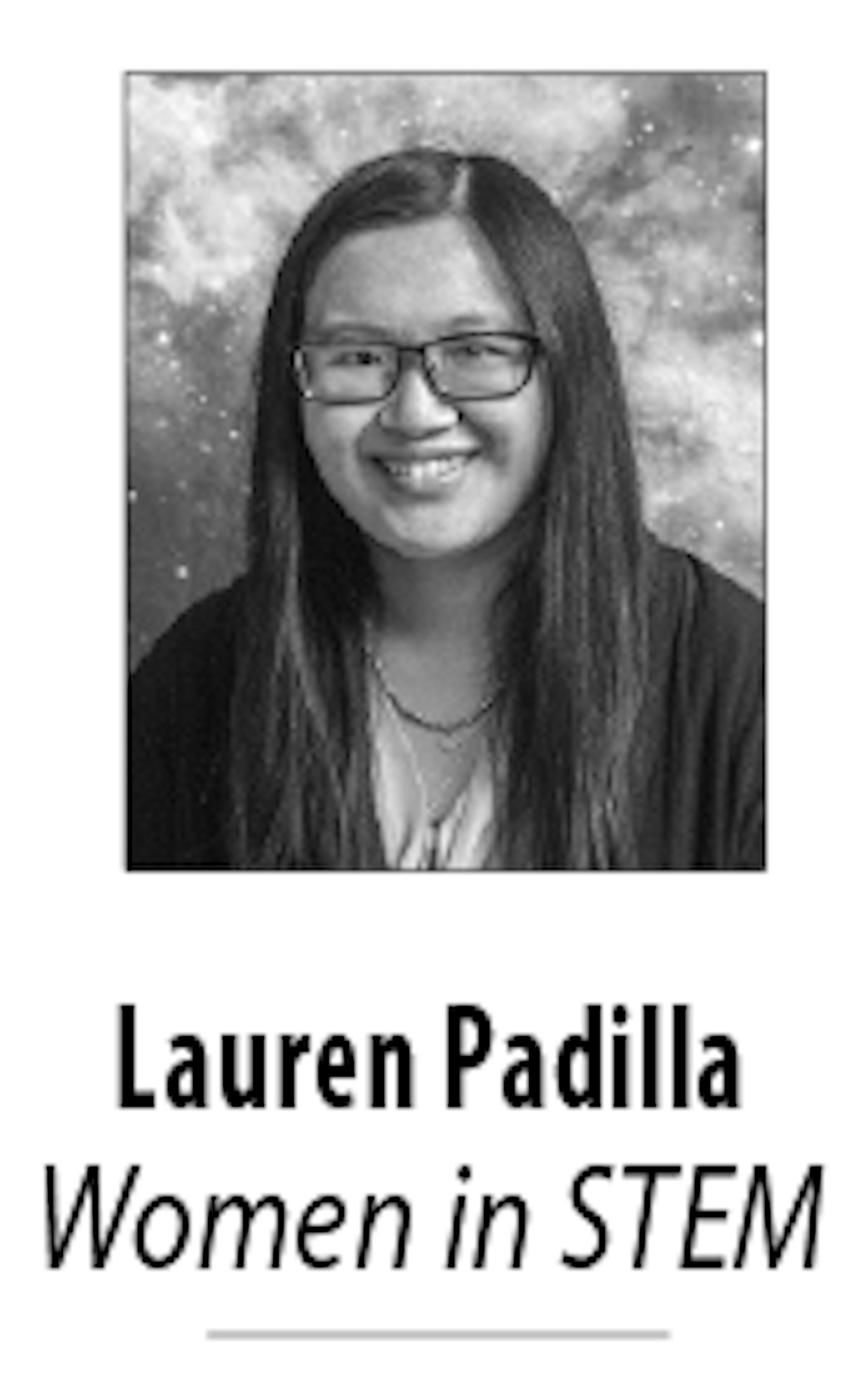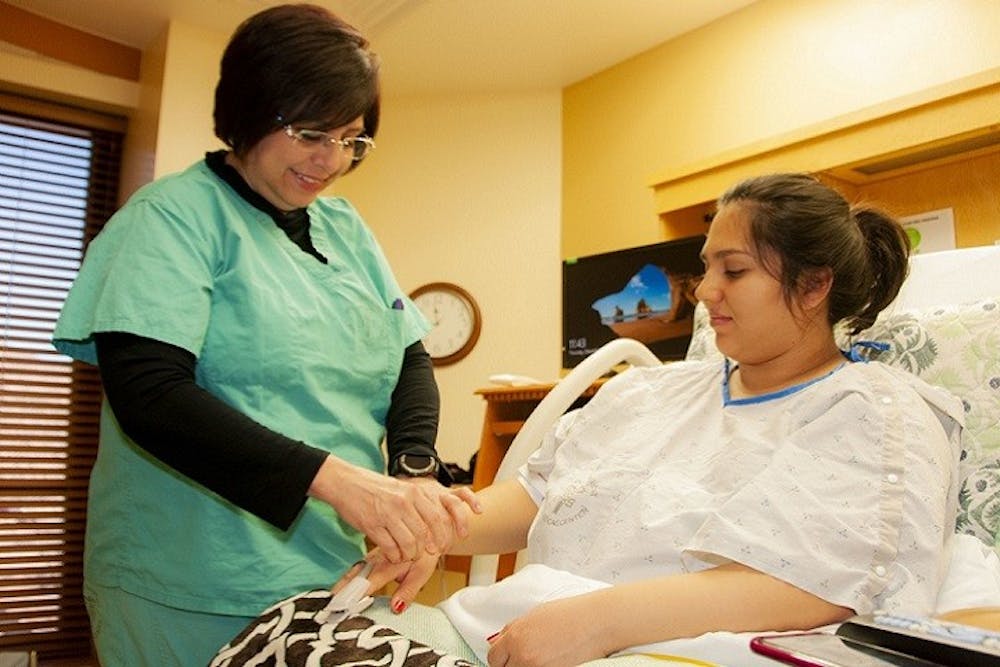
Addressing disparities in Native Americans’ access to healthcare and quality of treatment is a critical public health issue. In a joint survey from National Public Radio, the Robert Wood Johnson Foundation, and Harvard’s T.H. Chan School of Public Health, almost a quarter of Native Americans reported having faced discrimination during a doctor’s visit. Approximately 15 percent of participants indicated that the fear of encountering bias from medical professionals prevented them from pursuing healthcare services.
Bolstering mental health services within Native American communities is particularly critical. PTSD rates amongst Native American communities are more than double those of the United States as a whole. Suicide is one of the top causes of mortality amongst Native American individuals aged 10 to 34, particularly for young Native women.
Victoria O’Keefe, currently an Assistant Professor at the Bloomberg School of Public Health’s Center for American Indian Health, works to improve Native American health through her own research, which centers around designing and implementing suicide prevention services in Indigenous communities. O’Keefe, a tribal affiliate of the Cherokee and Seminole Nations of Oklahoma, has expressed an emphasis on “culture as medicine” and crafting programs that empower Native American communities. In a recent interview, O’Keefe discussed her educational journey as a Native American student, described her latest suicide prevention research, and offered words of encouragement to aspiring Indigenous health professionals.
What initially inspired your interest in public health and clinical psychology?
I was a Psychology major as an undergraduate student and began looking at the academic literature related to work with American Indian/Alaska Native (AI/AN) communities.
As a Cherokee/Seminole woman and scholar, I was concerned about national data showing mental health/substance use inequities with Native populations coupled with the lack of research and programs implemented with tribal communities across the U.S. to reduce these inequities. This propelled me to pursue a PhD in Clinical Psychology to help contribute to these priority areas.
Under the mentorship of Dr. LaRicka Wingate, an expert in ethnic minority suicide prevention at Oklahoma State University, I focused on AI/AN suicide prevention research. My clinical training allowed me to gain experience providing therapy/assessment services to AI/AN clients and Veterans from diverse backgrounds, as well as suicide prevention gatekeeper training to tribal communities in Oklahoma.
I was thrilled to join the Johns Hopkins Bloomberg School of Public Health, Department of International Health, Center for American Indian Health and Social & Behavioral Interventions Program as an Assistant Professor in October 2017.
What elements affected your decision to join the Center for American Indian Health at Johns Hopkins? What are some of your most meaningful projects and achievements to date?
The Johns Hopkins Center for American Indian Health has been working in collaboration with Native communities since the 1980s. It’s an honor for me to join a team of amazing academic researchers and tribal community partners all passionate about improving health equity and wellness for Indigenous peoples.
One project I am particularly excited about is creating a national Native youth suicide prevention resource tool for tribal leaders and stakeholders (funded by the Casey Family Programs). We’ve conducted extensive formative work including roundtables and interviews with tribal leaders, Native youth, grassroots leaders, traditional healers, Native military service members and Veterans, two-spirit youth/leaders, and elders from across Indian Country.
We recognize the need to include all of these perspectives to ensure that the resource tool is providing information and resources that tribal communities want and need related to suicide prevention.
Your research centers around creating and assessing suicide prevention programs that empower tribal communities. When working to address such a large, fraught, personal issue, how do you maintain your drive?
Indigenous peoples are the first peoples of this land and deserve health equity, wellness, justice, and thriving communities. In my tribe, we have several values that revolve around community – watching out for one another, working together, strengthening and encouraging each other. I strive to live out these values through my personal life and my work.
What advice do you have for Indigenous students looking to pursue a career in public health or medicine?
It is vital that we have Indigenous representation in the fields of public health and medicine to allow our voices to be heard. You have the ability to lead how health and wellness is addressed collaboratively WITH tribal communities, not IN communities. I encourage you to find Native mentors, networks, and organizations to create another community of support. The strength of your ancestors and relatives, as well as mentorship from other Native scholars/professionals, will guide you on your career path.





